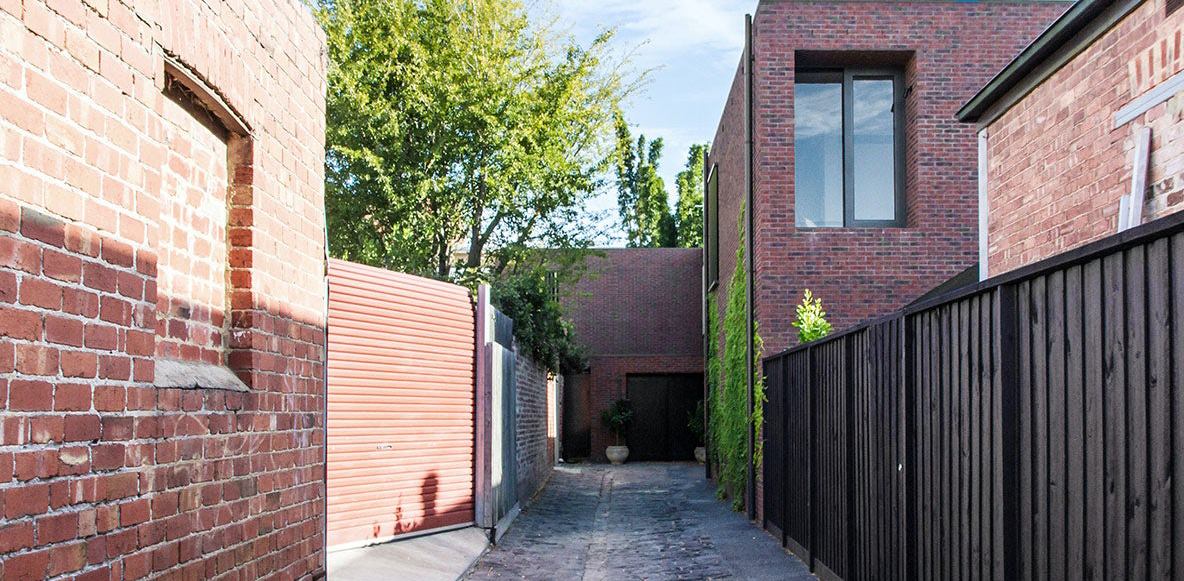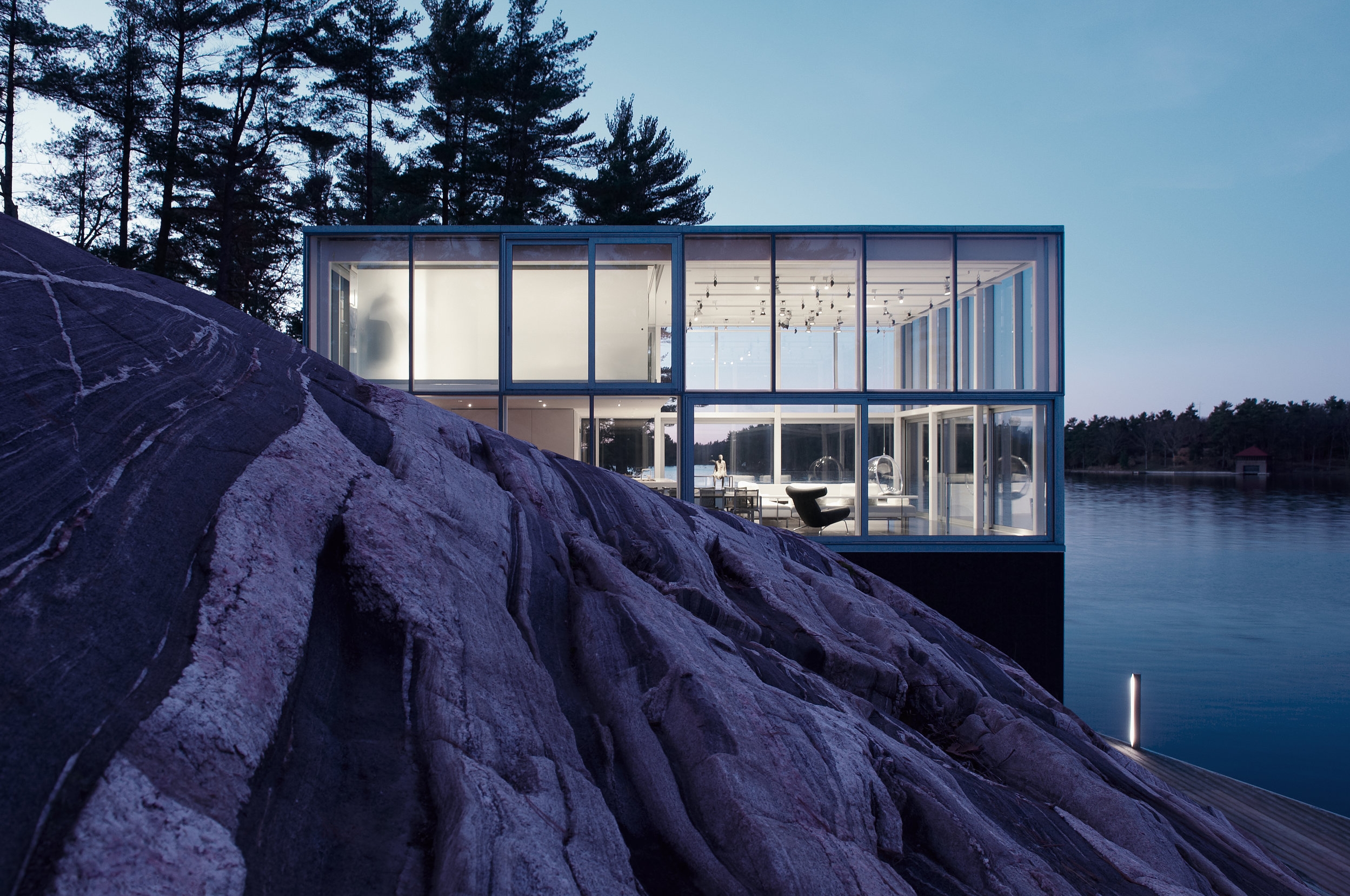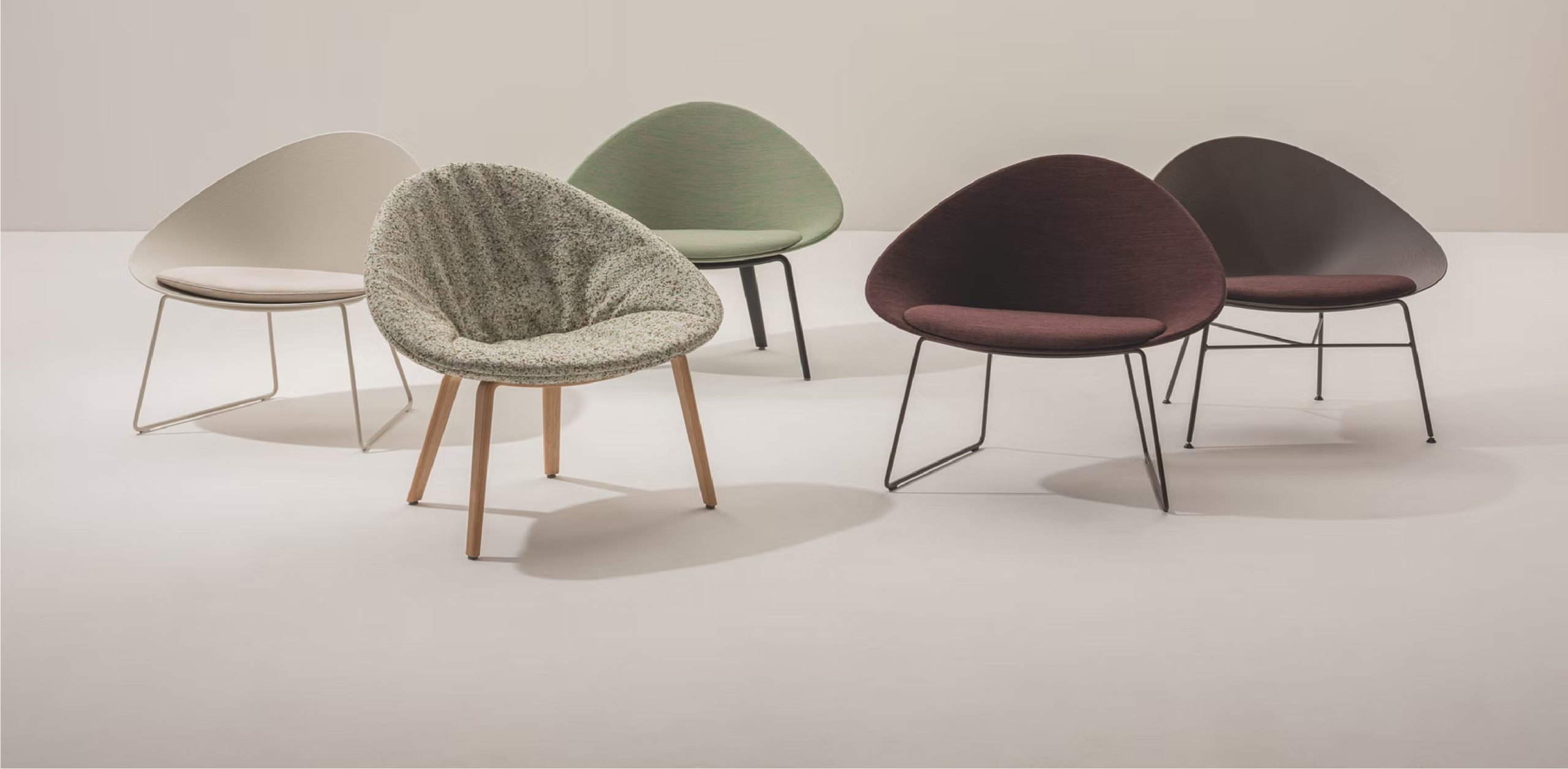Architects: Want to have your project featured? Showcase your work through Architizer and sign up for our inspirational newsletters.
The woes of housing shortages plaguing many large cities across the world are well-known and manifold; from a lack of affordable housing driving lower-income families out of cities, to skyrocketing house prices making it even harder for younger people to enter the housing market. But, while drastic rezoning laws to encourage denser housing seem still far off in the future, municipal authorities and architects are finding ways around the problem.
One alternative in vogue has been the concept of ‘gentle density’ — an increase in housing density that has little impact on the outward appearance or character of a neighborhood — and laneway houses have been a driving force behind the trend. Architects are demonstrating that, though tucked behind principal residences, laneway houses need not compromise comfort or privacy. Their designs suggest that one remedy to the housing shortage might be awaiting in our own backyard.

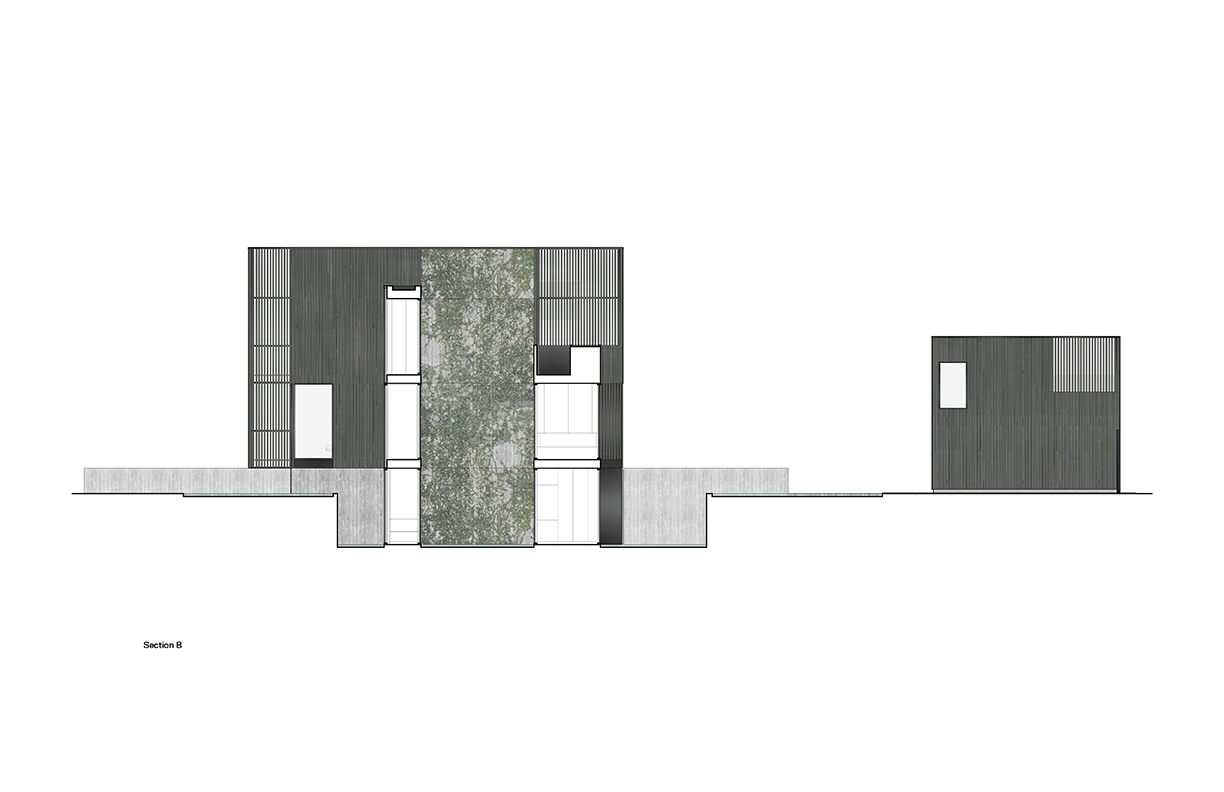 Full House by Leckie Studio Architecture + Design, Vancouver, Canada
Full House by Leckie Studio Architecture + Design, Vancouver, Canada
The added density provided by this two-story house and laneway addition in Vancouver seeks to push beyond the affordability calculus by rethinking how a multigenerational family can co-exist in a suburb of single-family homes. A hidden one-bedroom, secondary residence provides additional living space in the backyard and matches the sleek and understated design of its bigger sibling.
Central to this aim are the Marcel Duchamp-inspired doors that allow the family to reconfigure the house’s layout as it sees fit. By hinging between two possible frames, the 5-bedroom main home can be split into two discrete dwellings of either 3 and 2 bedrooms or 4 and 1 bedrooms. When comes time for the perennial family gathering, the units can be reopened as one large multi-generational house.

Photo by Matthew Gianoulis
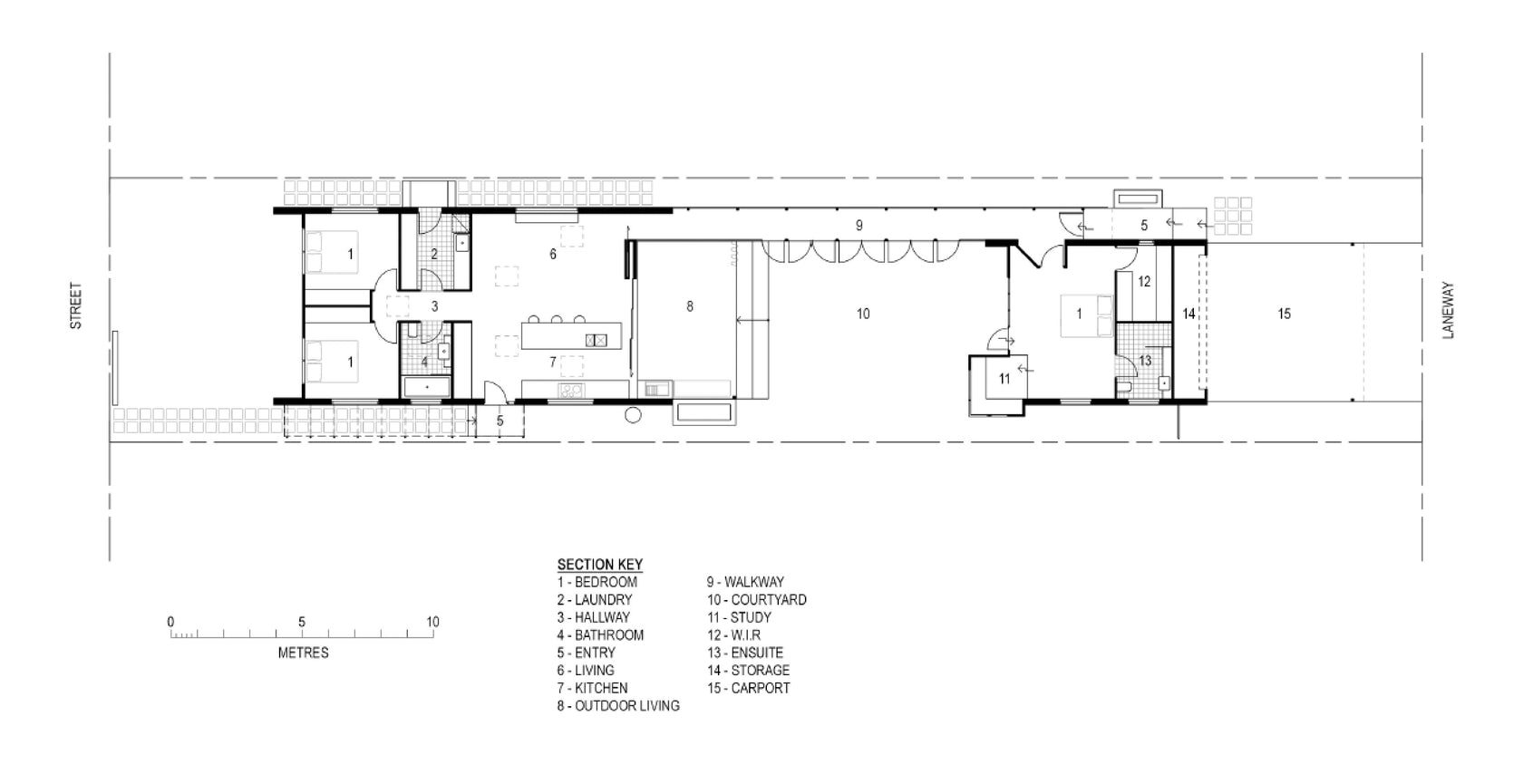 Laneway House by 9point9 Architects, Townsville, Australia
Laneway House by 9point9 Architects, Townsville, Australia
Rather than keeping all three bedrooms and two bathrooms compact into one large house, this bungalow in Townsville, Australia, unfurls its rooms on the full length of its lot. Two guest rooms and a living room receive lighting through the front yard, while the offshoot master bedroom reaches the other end of the lot and is connected to the main building by a translucent walkway that opens onto the central courtyard.
This expansive layout allows the house to breathe both literally and figuratively. The main wing and the master bedroom have direct access to the courtyard, enabling full, unencumbered ventilation of the house. Likewise, the central courtyard gives the house a sense of spaciousness that a larger home on the same lot could not provide.

 Rough House + Laneway, by Measured Architecture Inc., Vancouver, Canada
Rough House + Laneway, by Measured Architecture Inc., Vancouver, Canada
This single family home and an expanded laneway studio in suburban Vancouver uses Japanese-inspired landscaping to create calm spaces within narrow confines. The corrugated steel-clad studio has both landscaping on the roof and a green wall facing the house, reclaiming the green space lost by the densified back yard. The wall also provides a lush and peaceful background for weekend family meals or a late-afternoon summer nap.

 Laneway Wall Garden House by Donaghy & Dimond Architects, Dublin, Ireland
Laneway Wall Garden House by Donaghy & Dimond Architects, Dublin, Ireland
This 19th Century Dublin house renovation now boasts an expanded kitchen that protrudes into the cobblestone courtyard garden and an additional bedroom in a separate structure by the laneway. A lean-to zinc covered roof acts as a mediator between the two new spaces, serving as both a rainwater collector and connective tissue. The concrete walls and timber structure have been left unpainted, with the expectation that lichen and moss will one day overtake them, hence mitigating the urban footprint of the new construction.

 McIlwrick Residences by B.E. Architecture, Melbourne, Australia
McIlwrick Residences by B.E. Architecture, Melbourne, Australia
Three townhouses are clustered within this single residential block in Windsor, Melbourne. Small courtyards intertwine with cobblestone alleyways, offering intimate and flexible spaces for the multigenerational family that occupies the residences. The flush struck brickwork and deep-set windows are a contemporary re-iteration of early Victorian Australian architecture thus fitting snuggly in a neighborhood mostly occupied by residences from that era — an attribute that has earned it the label of “quiet integration”, which the architects gave to their design.

 Riverdale Townhomes by Studio JCI, Toronto, Canada
Riverdale Townhomes by Studio JCI, Toronto, Canada
The Riverdale Townhouse development gently increases the number of residences on this quiet residential street in Riverdale, Toronto. The bright and spacious five two-bedroom units make for ideal housing for young professionals and new families. Floor-to-ceiling windows and internal voids maximize the interior’s exposure to sunlight, ensuring that the units are generously lit. The dark brick columns of the front-facing façade pay respect to the Victorian-era architecture of its neighbors, while partitioning the modernist charcoal-colored exterior into more palatable doses.


Photos by Mansyur Hasan
R Micro Housing by Simple Projects Architecture, Surabaya, Indonesia
The R Micro Housing complex in the suburbs of Surabaya, Indonesia squeezes five separate, affordable units onto a 39 feet by 98 feet strip of land. The residences might be glued together, but they don’t feel cramped: the complex aligns wall-length skylights above each unit’s staircase, enabling natural sunlight to brighten the ground floor.
The minimalist, monochromatic ‘quintal-plex’ stands out among the neighborhood’s classical hip-roofed terracotta-tiled residences – as if wanting to show off how densification can be a pathway to affordability.
Architects: Want to have your project featured? Showcase your work through Architizer and sign up for our inspirational newsletters.
